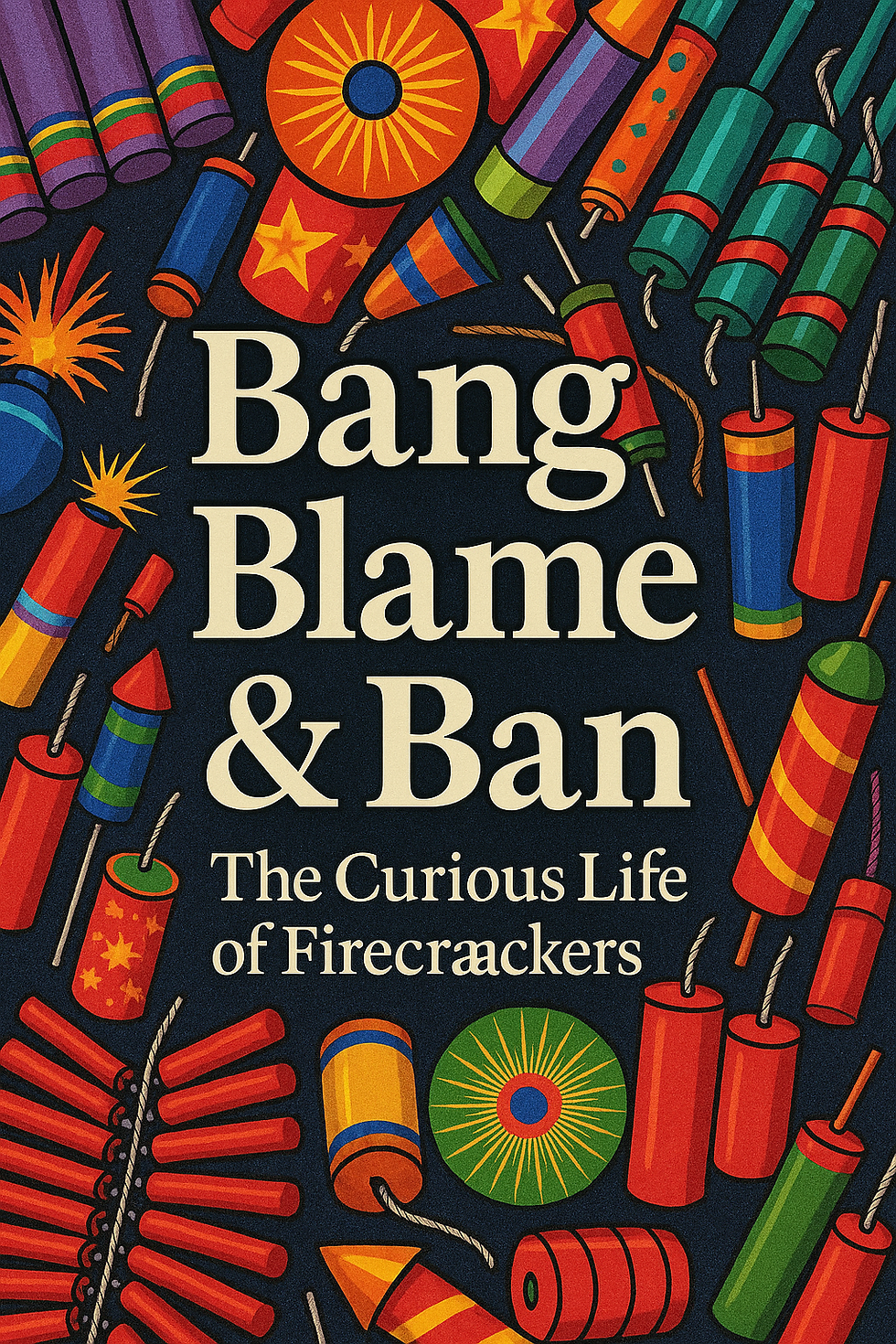
The Seven Hidden Mysteries of Recruitment: What Talent Has Taught Me That Data Still Can’t Explain..
- consultonomicsindia
- Oct 6
- 4 min read
The Unsolved Science of Hiring
Even after over a decade in recruitment, spanning technology, consulting, and analytics, one truth remains: recruitment is not a science fully solved. It is a mystery constantly evolving.
Despite psychometrics, dashboards, and AI-based assessments, recruiters still find themselves asking:
Why did that one candidate feel right?
Why did the perfect résumé fail?
Why, in oceans of data, do we still hire on intuition?
These are not inefficiencies. They are the mysteries that keep recruitment human, despite every algorithm’s attempt to automate it.
Below are seven of these mysteries — decoded through data, experience, and a decade of lessons from the frontlines of talent acquisition.
1. The Paradox of Plenty: When More Becomes Less.
Recruiters today have access to more talent than ever before. Over one billion people are on LinkedIn. Applicant tracking systems manage millions of profiles.
Yet, 72 percent of employers globally still report a talent shortage.
Harvard Business Review found that up to 75 percent of qualified candidates are rejected by automated filters because of overly rigid keyword criteria. The average recruiter spends just six seconds scanning a résumé.
More data hasn’t brought clarity — it has created noise.
Mystery #1: The more information we collect, the less human potential we recognize.
2. The Mirage of the Perfect Fit
Every recruiter dreams of finding “the perfect fit.” But according to the Journal of Applied Psychology, even the best pre-hire assessments predict only 35 percent of future job performance.
The remaining 65 percent depends on adaptability, chemistry, and the constantly shifting context of the workplace.
We try to design precision around people, but people resist perfect measurement. Fit isn’t a formula; it’s a feeling.
Mystery #2: The “perfect fit” often exists only in hindsight.
3. The Algorithm Illusion
Artificial intelligence was supposed to fix hiring bias. Instead, it often amplifies it.
An MIT Sloan Review study found that AI bias can replicate human prejudice up to 40 percent faster when trained on flawed historical data.
Amazon’s now-retired AI recruiting tool famously began preferring male candidates — not because it was wrong, but because it learned from decades of male-dominated hiring patterns.
AI doesn’t predict the future; it replicates the past.
Mystery #3: Technology mirrors our imperfections more efficiently than it corrects them.
4. The Persuasion Paradox: Story Sells the Hire
Two recruiters can present the same role, same pay, and same company. One fills it in days. The other struggles for months. The difference lies in how the story is told.
Behavioral economics confirms that nearly 80 percent of human decisions are emotional before they are rational. Recruitment is, therefore, not merely matching skills; it is emotional storytelling.
The best recruiters do not sell job descriptions — they translate opportunity into belief.
Mystery #4: The success of a hire often depends on how convincingly the story is told.
5. The Timing Enigma
The best candidate at the wrong time is the wrong hire. Timing remains one of the least measurable yet most decisive factors in recruitment.
LinkedIn data shows that 60 percent of job switchers leave their new roles within two years. The reason is rarely about competence. It is often timing — a mismatch between readiness, role evolution, or organizational maturity.
Recruitment is, at its core, about synchronization — aligning personal and organizational momentum.
Mystery #5: Timing makes or breaks what talent alone cannot.
6. The Culture Illusion
“Culture fit” has become a hiring mantra, yet few organizations can define their culture consistently.
A Glassdoor global survey revealed that only 27 percent of employees believe their company’s stated culture aligns with the actual experience inside the organization.
When culture is undefined or misrepresented, recruitment becomes an exercise in guesswork.
Recruiters are not just talent scouts — they are cultural translators.
Mystery #6: We often hire for the culture we claim, not the one we live.
7. The Intuition Factor That Refuses to Die
Despite analytics and algorithms, hiring decisions still often come down to intuition.
Korn Ferry’s research shows that over 60 percent of final hiring decisions are based on gut feel, even in data-driven environments. Talent Tech Labs found that experienced recruiters — those with over 10 years of experience — outperform AI-only models by nearly 40 percent in predicting role success and retention in dynamic markets.
Intuition is not anti-data; it is meta-data — the human ability to detect patterns that data cannot yet describe.
Mystery #7: In the age of artificial intelligence, intuition remains our final competitive edge.
The Grand Truth
Recruitment is not broken. It is beautifully, stubbornly human.
AI will automate the what.
Analytics will measure the how.
But the why .... why people stay, grow, or walk away .... will always belong to human insight.
Recruitment is not about filling roles. It is about connecting purpose, potential, and timing ... one decision at a time.
Final Reflection
Recruitment is not a process. It is a paradox.
It sits at the intersection of logic and luck, where data meets destiny.
And until we can measure passion, intuition, and timing as accurately as we measure experience or education, recruitment will remain the most data-rich, unpredictable, and fascinating mystery in business.
Written by Arunesh Chand Mankotia
Talent Architect | Redefining Recruitment | HR Technology & Analytics | Decoding the Science and Mystery of Hiring





Comments